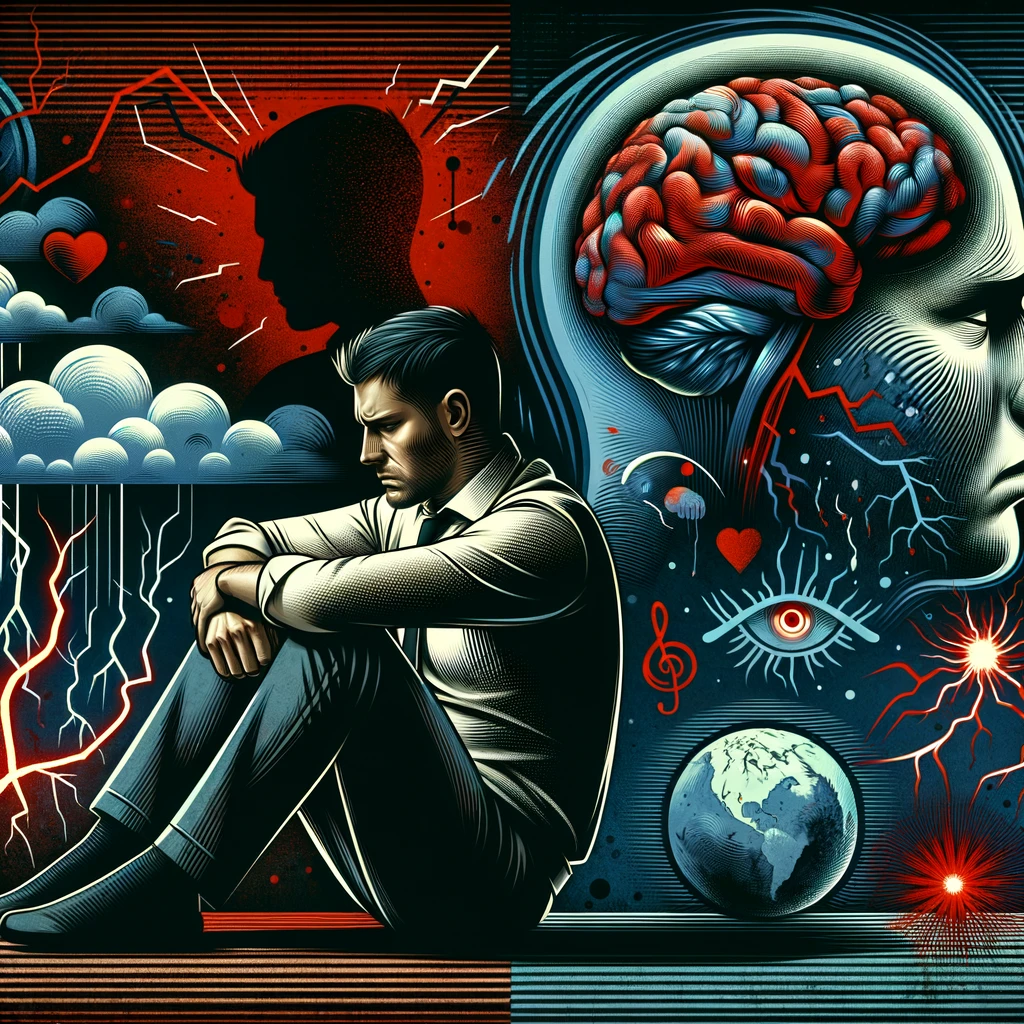In an era where lifestyle changes and global events have made social isolation more prevalent, understanding the impact of loneliness on the nervous system has never been more critical. Loneliness and social isolation do not just affect emotional well-being; they are intricately linked to significant changes within the nervous system, influencing both brain structure and function. This article explores the neurobiological repercussions of prolonged loneliness, shedding light on its profound effects on mental and physical health.
The Stress Response System and Loneliness
One of the most affected systems by loneliness is the body’s stress response mechanism, particularly the hypothalamic-pituitary-adrenal (HPA) axis. Chronic loneliness can overactivate the HPA axis, leading to elevated cortisol levels, the primary stress hormone. Such hormonal imbalance adversely affects critical brain regions like the hippocampus, responsible for memory and emotional regulation, and the prefrontal cortex, crucial for decision-making and social behaviors. The result is an increased vulnerability to cognitive decline and mental health disorders.
Brain Structure Alterations Due to Social Isolation
Loneliness doesn’t just affect brain function; it also leads to structural changes. Research indicates a correlation between high levels of loneliness and reduced volume in the hippocampus and prefrontal cortex. These structural alterations exacerbate the cognitive and emotional difficulties associated with loneliness, creating a vicious cycle of isolation and neurodegeneration.
The Reward System and Social Withdrawal
The brain’s reward system, particularly the ventral striatum, is significantly impacted by social isolation. Reduced activity in this area diminishes the pleasure derived from social interactions, increasing the risk of depression. This highlights the critical role of social connections in maintaining emotional well-being and the inherent risks of social withdrawal.
Connectivity and Cognitive Changes
Loneliness is also associated with changes in the default mode network (DMN), a brain network involved in self-referential thoughts. Alterations in DMN connectivity can lead to increased rumination and a focus on negative self-thoughts, contributing to the emotional distress of loneliness.
Autonomic Nervous System Imbalance
Beyond the brain, loneliness affects the autonomic nervous system, leading to an imbalance between its sympathetic and parasympathetic branches. This imbalance can manifest in higher blood pressure and increased heart rate, raising the risk of cardiovascular diseases.
The impact of loneliness and social isolation on the nervous system is profound, affecting both the structure and function of the brain. These changes can lead to a range of negative health outcomes, underscoring the importance of social connections for our mental and physical health. As society continues to grapple with the challenges of isolation, understanding these neurobiological impacts is crucial for developing interventions to mitigate the effects of loneliness.
Further Reading
For those interested in delving deeper into this topic, the following articles offer comprehensive insights:
- Cacioppo, J.T., & Cacioppo, S. (2014). Social Relationships and Health: The Toxic Effects of Perceived Social Isolation. Social and Personality Psychology Compass.
- Eisenberger, N.I. (2013). The pain of social disconnection: examining the shared neural underpinnings of physical and social pain. Nature Reviews Neuroscience.
- Hawkley, L.C., & Cacioppo, J.T. (2010). Loneliness Matters: A Theoretical and Empirical Review of Consequences and Mechanisms. Annals of Behavioral Medicine.
These references provide a deeper understanding of the mechanisms by which loneliness impacts the nervous system and explore potential interventions to counteract these effects.




